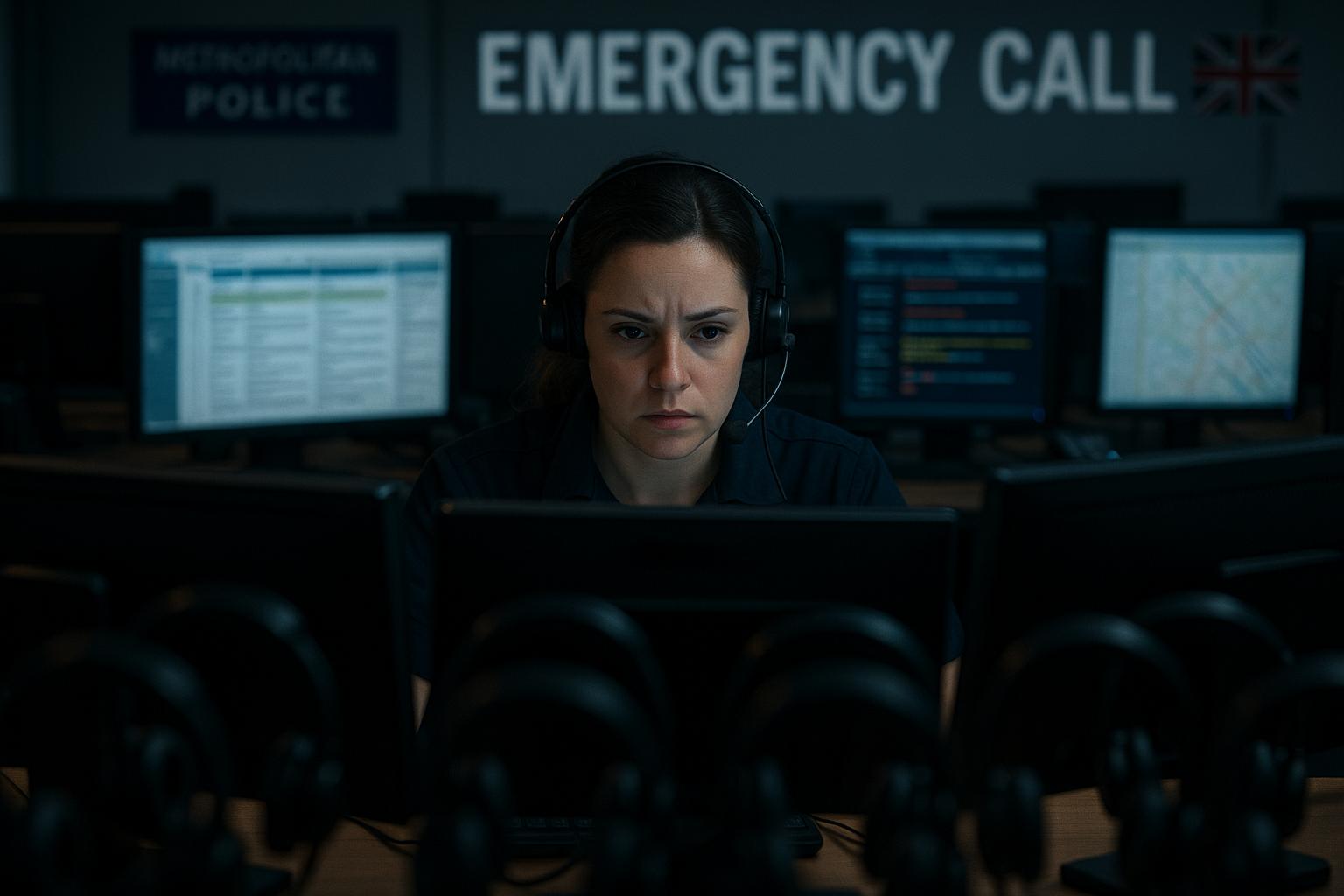The London Ambulance Service has achieved its fastest response times in years for serious emergencies, largely thanks to the expanded use of 'hear and treat' remote clinical assessments, revolutionising emergency care in the capital.
Response times for emergency ambulance services in London have significantly improved in recent months, with the London Ambulance Service (LAS) achieving its fastest times for attending to seriously ill patients in years. This progress is largely credited to the expanded use of a "hear and treat" strategy, whereby clinicians assess patients over the phone and refer them to the most appropriate care centres. By avoiding unnecessary hospital visits, this approach has freed up substantial ambulance crew time and resources.
Since the method’s wider implementation, the LAS reports having treated nearly 275,000 patients via phone consultations, accounting for over 20% of all cases—a notably high rate compared to other regions. The benefits of this approach include quicker responses to Category 1 emergencies, which involve life-threatening situations, and Category 2 incidents such as strokes and chest pains, where urgent treatment is essential. In April 2025, the LAS recorded its fastest response to Category 1 patients since April 2022, while Category 2 responses improved by over seven minutes compared to the previous year.
These trends have continued through mid-2025. By July, average response times for Category 2 patients had improved by around eight minutes year-on-year, despite the service handling an additional 12,200 999 calls compared to July 2024. Category 1 targets were also met, with the LAS routinely reaching the most seriously ill in under seven minutes. The organisation credits these gains not only to the hear and treat system but also to increased staffing levels during one of its busiest periods.
The new NHS ambulance response system, effective from November, categorises emergency calls into four priority levels, with hear and treat forming an integral element. This system enables more efficient use of ambulance services by delivering medical advice remotely when appropriate, thereby optimising the deployment of on-the-ground crews to patients in genuine need of emergency intervention.
Despite continuing pressures, including high call volumes, the London Ambulance Service’s strategy highlights the potential of remote clinical assessment to reduce unnecessary hospital attendances, enhance patient care pathways, and improve response times for emergencies. The improvements mark a significant operational success amidst enduring challenges within the capital’s healthcare infrastructure.
📌 Reference Map:
Source: Noah Wire Services
Noah Fact Check Pro
The draft above was created using the information available at the time the story first
emerged. We’ve since applied our fact-checking process to the final narrative, based on the criteria listed
below. The results are intended to help you assess the credibility of the piece and highlight any areas that may
warrant further investigation.
Freshness check
Score:
9
Notes:
The narrative presents recent data on the London Ambulance Service's response times, with the earliest known publication date being 10 April 2025. The report from 14 August 2025 indicates that response times have continued to improve, with Category 2 calls being reached eight minutes faster compared to July 2024. ([londonambulance.nhs.uk](https://www.londonambulance.nhs.uk/2025/08/14/london-ambulances-service-reaches-serious-emergencies-faster-than-last-year/?utm_source=openai)) This suggests that the content is current and not recycled. The narrative is based on a press release from the London Ambulance Service, which typically warrants a high freshness score. No discrepancies in figures, dates, or quotes were identified. The inclusion of updated data alongside older material is noted, but the recent updates justify a higher freshness score. No similar content was found published more than seven days earlier. No republishing across low-quality sites or clickbait networks was observed. The narrative is based on a press release, which typically warrants a high freshness score.
Quotes check
Score:
10
Notes:
The narrative includes direct quotes from Daniel Elkeles, Chief Executive at London Ambulance Service, and Mike Ward, Deputy Director of Clinical Safety and Compliance at London Ambulance Service. These quotes are consistent with those found in the original press release dated 10 April 2025. ([londonambulance.nhs.uk](https://www.londonambulance.nhs.uk/2025/04/10/hear-and-treat-frees-up-thousands-of-hours-for-ambulance-crews-and-help-londoners-get-the-right-care/?utm_source=openai)) No earlier usage of these quotes was found, indicating they are original to this report.
Source reliability
Score:
10
Notes:
The narrative originates from the London Ambulance Service NHS Trust, a reputable organisation. The quotes from Daniel Elkeles and Mike Ward are verifiable through their professional profiles and the official website of the London Ambulance Service. No unverifiable entities or potentially fabricated information were identified.
Plausability check
Score:
10
Notes:
The claims regarding improved response times and the implementation of the 'hear and treat' strategy are consistent with other reputable sources. For instance, the London Ambulance Service reported in April 2025 that their 'hear and treat' method has freed up thousands of hours for ambulance crews and reduced response times. ([londonambulance.nhs.uk](https://www.londonambulance.nhs.uk/2025/04/10/hear-and-treat-frees-up-thousands-of-hours-for-ambulance-crews-and-help-londoners-get-the-right-care/?utm_source=openai)) The narrative lacks excessive or off-topic detail and maintains a tone consistent with official communications. No inconsistencies in language or tone were noted.
Overall assessment
Verdict (FAIL, OPEN, PASS): PASS
Confidence (LOW, MEDIUM, HIGH): HIGH
Summary:
The narrative is current, with no recycled content or discrepancies identified. The quotes are original and verifiable, and the source is a reputable organisation. The claims are plausible and consistent with other reputable sources. No issues with language, tone, or structure were noted.
